The weather for the coming days and over the weekend looks prime conditions for tetany.
Warm days, cool evenings and changeable weather are putting suckler cows at risk from grass tetany.
On many farms, freshly-calved autumn cows tend to graze silage aftermath once second-cut has been harvested.
Lush swards of leafy grass can increase the risk of tetany. Grass dry matter is low in autumn, so when cows eat wet, leafy grass it tends to pass through them quickly, meaning the cow has less time to absorb nutrients.
Prevention is always better than cure. Outlined are five steps that can help to reduce the risk of grass tetany this autumn.
1. Supplement with magnesium
Tetany is caused by a lack of magnesium in the cow’s diet and as cattle cannot store magnesium, they need a constant supply.
Lick buckets are an easy way to offer magnesium. As a rule of thumb, offer one bucket for every 10 cows in a group.
Putting magnesium in water troughs can also work well. The risk comes when cows eat high quantities of wet grass and are less inclined to drink large volumes of water.
A magnesium bolus will provide a slow release of minerals in the cow and can provide effective long-term cover.
2. Feed meal
Feeding 2kg of a high-magnesium ration can reduce the risk of tetany.
Meal should be targeted to thin cows, first-calved heifers and cows sucking twins as they will be under most nutritional stress and at a higher risk of tetany.
3. Avoid spreading potash
Do not spread slurry or a high NPK compound fertiliser on ground that will be grazed with suckler cows this autumn.
Slurry contains high levels of potash (K), and potash inhibits magnesium uptake in grass.
4. Do not force cows to clean out swards
Where cows are grazing in a rotation, do not force them to graze swards tight to the ground.
This can put cows under stress and on very low grass covers, cows may not be taking in enough energy and nutrients.
Graze and move cows to the next paddock earlier and use dry cows or dry ewes to clean out paddocks.
5. Offer hay
Offering some rougher forage such as hay can reduce the risk of tetany as it slows down digestion. Simply open a bale and scatter on top of ground every morning or evening.
Read more
Be on red alert for grass tetany
How to avoid tetany in beef herds
The weather for the coming days and over the weekend looks prime conditions for tetany.
Warm days, cool evenings and changeable weather are putting suckler cows at risk from grass tetany.
On many farms, freshly-calved autumn cows tend to graze silage aftermath once second-cut has been harvested.
Lush swards of leafy grass can increase the risk of tetany. Grass dry matter is low in autumn, so when cows eat wet, leafy grass it tends to pass through them quickly, meaning the cow has less time to absorb nutrients.
Prevention is always better than cure. Outlined are five steps that can help to reduce the risk of grass tetany this autumn.
1. Supplement with magnesium
Tetany is caused by a lack of magnesium in the cow’s diet and as cattle cannot store magnesium, they need a constant supply.
Lick buckets are an easy way to offer magnesium. As a rule of thumb, offer one bucket for every 10 cows in a group.
Putting magnesium in water troughs can also work well. The risk comes when cows eat high quantities of wet grass and are less inclined to drink large volumes of water.
A magnesium bolus will provide a slow release of minerals in the cow and can provide effective long-term cover.
2. Feed meal
Feeding 2kg of a high-magnesium ration can reduce the risk of tetany.
Meal should be targeted to thin cows, first-calved heifers and cows sucking twins as they will be under most nutritional stress and at a higher risk of tetany.
3. Avoid spreading potash
Do not spread slurry or a high NPK compound fertiliser on ground that will be grazed with suckler cows this autumn.
Slurry contains high levels of potash (K), and potash inhibits magnesium uptake in grass.
4. Do not force cows to clean out swards
Where cows are grazing in a rotation, do not force them to graze swards tight to the ground.
This can put cows under stress and on very low grass covers, cows may not be taking in enough energy and nutrients.
Graze and move cows to the next paddock earlier and use dry cows or dry ewes to clean out paddocks.
5. Offer hay
Offering some rougher forage such as hay can reduce the risk of tetany as it slows down digestion. Simply open a bale and scatter on top of ground every morning or evening.
Read more
Be on red alert for grass tetany
How to avoid tetany in beef herds




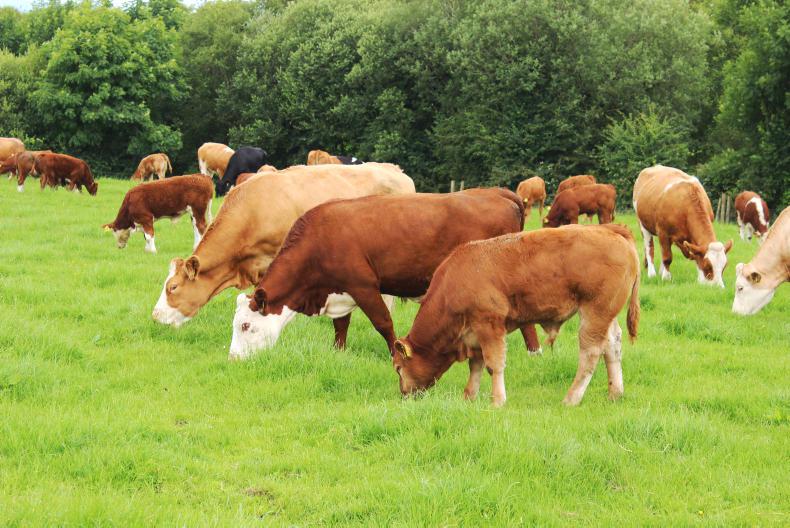
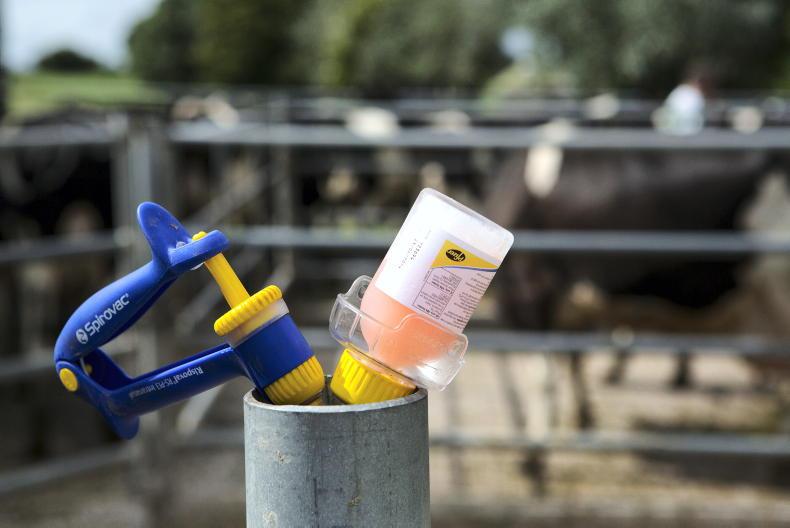
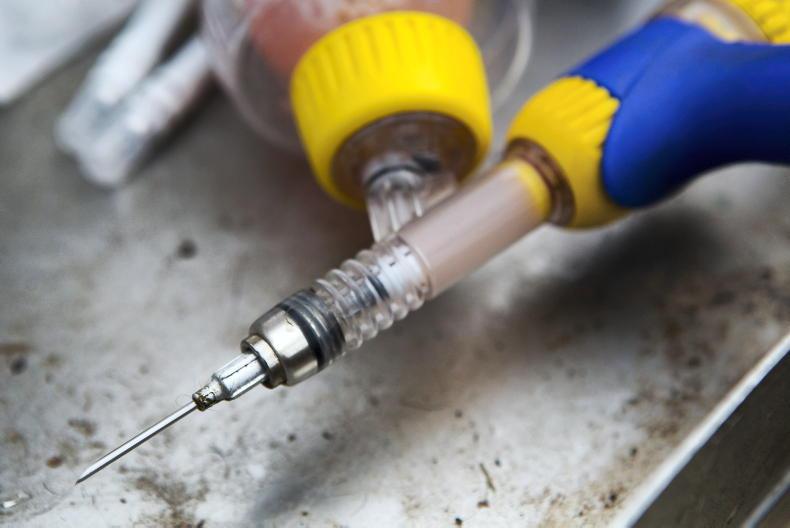
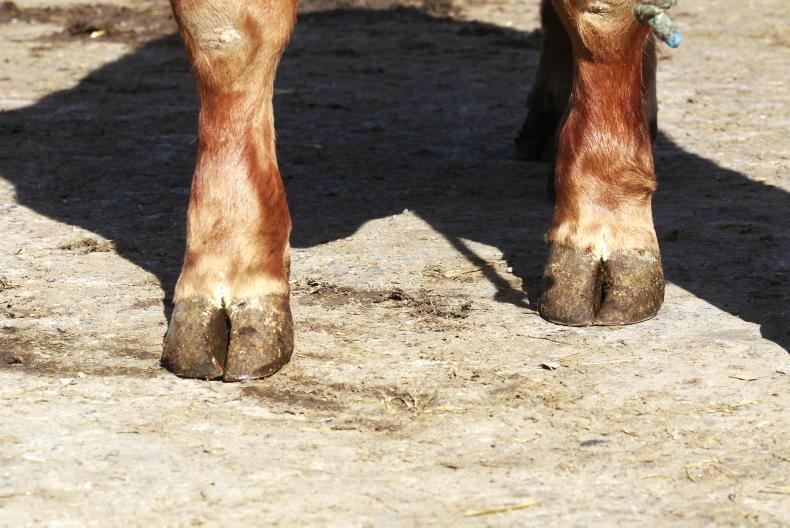
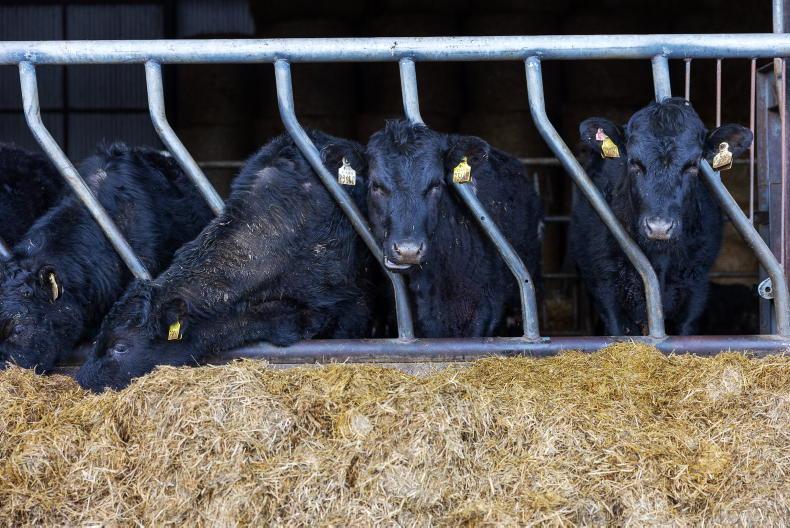
SHARING OPTIONS